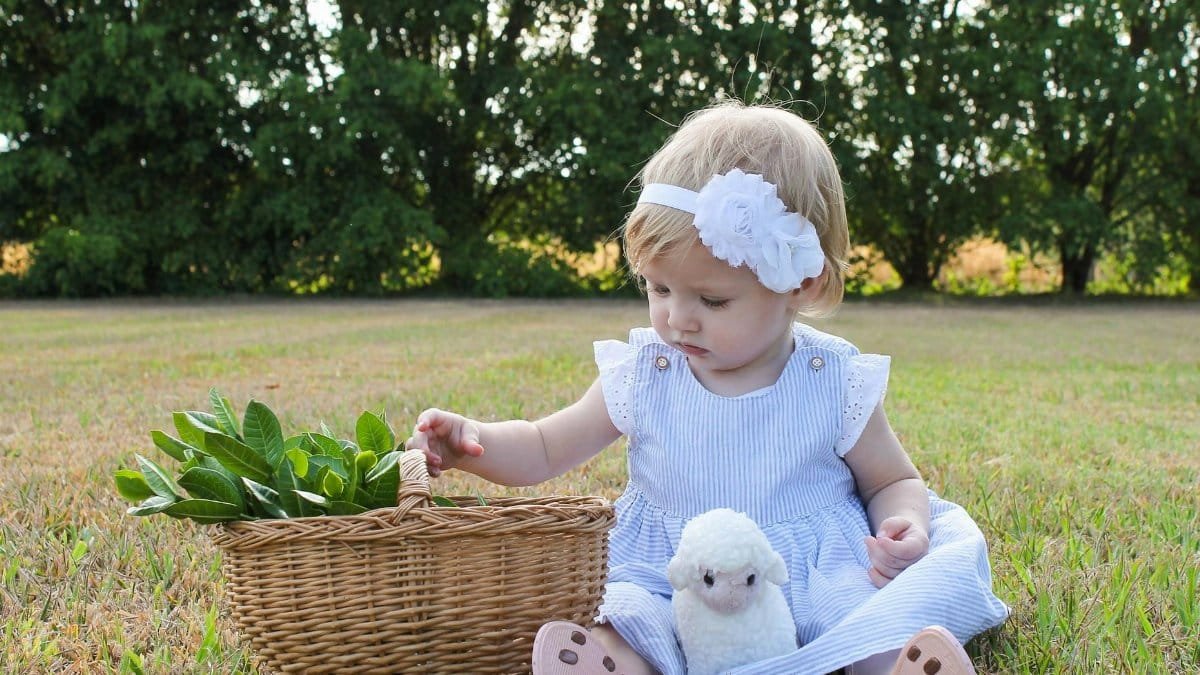Is a simple toddler calm chant the secret to stopping tantrums in their tracks? For many frazzled parents across the U.S., this quick call-and-response game is becoming a go-to tool to ground little ones during meltdowns. It’s not just a distraction—it’s a way to reconnect and calm both child and caregiver. With stress levels among families on the rise in 2025, these mini grounding chants are gaining traction as a practical, no-cost solution. Here’s how they work and why they’re worth a try.
What Is a Toddler Calm Chant?

A toddler calm chant is a short, rhythmic call-and-response phrase or song that parents and kids repeat together. Think of it as a mini mindfulness exercise tailored for tiny attention spans. The parent says a line—like “I breathe in”—and the child echoes or responds with “I breathe out.” It’s simple, engaging, and helps shift focus away from a brewing tantrum to a shared moment of calm.
Why It Works for Tantrums

Toddlers often spiral into tantrums when they’re overwhelmed by big emotions they can’t express. A calm chant interrupts that cycle by redirecting their attention. The rhythm and repetition soothe the nervous system, much like a lullaby, while the interaction builds a sense of safety. Research from child development experts at CDC’s Children’s Mental Health highlights how consistent, calming interactions can lower stress in young kids.
How to Create Your Own Chant

Creating a toddler calm chant is easy and doesn’t require any special skills. Start with a two-line phrase that’s easy to remember, like “I am safe” (parent) and “I am okay” (child). Keep the tone soft and steady. You can adapt it to your child’s interests—maybe referencing a favorite animal or toy—to make it more engaging. The key is consistency; use the same chant each time to build familiarity.
When to Use It

Timing matters. Deploy the chant at the first sign of a meltdown—before things escalate. It’s also useful during transitions, like leaving the park or starting bedtime, when toddlers often resist. Don’t force it if they’re already mid-scream; wait for a pause to gently introduce the rhythm. Parents report the best results when they stay calm themselves, modeling the behavior they want to see.
Real Benefits Backed by Science

Beyond anecdotal success, there’s evidence that rhythmic activities like chanting can regulate emotions in young children. A study summarized by American Psychological Association notes that repetitive sounds and shared activities can lower cortisol levels, the stress hormone, in both kids and adults. For toddlers, this means faster recovery from distress and stronger bonds with caregivers.
Quick Tips for Success

Keep chants under 10 seconds to match a toddler’s focus. Practice during calm moments first, so it’s not a total surprise during a tantrum. Pair the chant with a physical cue, like holding hands or a gentle pat on the back, to reinforce the connection. If it doesn’t work right away, don’t give up—kids often need repetition to catch on. Lastly, tailor the tone to your child’s mood; a playful chant might work better than a serious one on some days.
